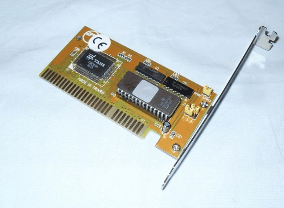First post, by GuyTechie
I just acquired a NCR System 3230. It's a 486DX-33 with 4 MB of RAM, and a 40 MB HDD.
The soldered-on Lithium ion battery seems to still take a charge, but of course being in storage for so long, it lost the charge to keep the CMOS info intact.
I did some research on the hard drive, but I still can't find the corresponding "Disk Type" that's numbered 0 to 47.
This firmware does not seem to let me type in the parameters manually, either. It just lets me type in the numbers 0 to 47.
The hard drive is a Conner CP3000. According to this site, these are the parameters:
http://www.computerhope.com/hdd/hdd0034.htm
MODEL: CP3000
SIZE: 40 MB
CYL: 980
HDS: 5
SECT: 17
WPCOMP: 0
LZONE: 980
TYPE: IDE
I tried to match up these parameters with the "types" chart here:
http://www.win.tue.nl/~aeb/linux/hdtypes/hdtypes-3.html
I think it follows the Phoenix types because when I type in 47, the parameters matches what's under "3.4 Phoenix-A368SX". I also tried different types and they match what's listed under "3.4 Phoenix-A368SX"
Of course, nothing matches exactly. Type 39 would be the closest:
39 980 10 17 -1 981
In the BIOS, when I set it to Type 39, it says:
CYL: 820
Heads: 6
Sect/Track: 17
Size: 42,823,680 bytes
Hmm....
Still when booting set to 39, I would still get a disk 0 error.
Any help would be appreciated.
